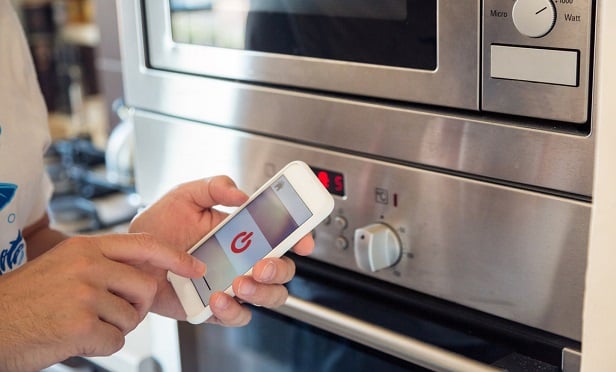 Despite the many benefits of connected devices, the potential for automation to cause greater depersonalization of the insurer-insured relationship is a significant concern for the industry. (Shutterstock)
Despite the many benefits of connected devices, the potential for automation to cause greater depersonalization of the insurer-insured relationship is a significant concern for the industry. (Shutterstock)
Smart home programs, particularly those that leverage telematics to fulfill a strategy for data-enabled safety and advice, hold great potential for P&C insurance providers, from reducing the frequency and severity of claims to strengthening policyholder engagement and brand affinity.
|Getting better acquainted
Telematics is loosely defined as "the long-distance transmission of computerized information." It is leading a transformation of the insurance industry as increasing numbers and types of devices become connected, and their data more easily tracked.
Recommended For You
Want to continue reading?
Become a Free PropertyCasualty360 Digital Reader
Your access to unlimited PropertyCasualty360 content isn’t changing.
Once you are an ALM digital member, you’ll receive:
- Breaking insurance news and analysis, on-site and via our newsletters and custom alerts
- Weekly Insurance Speak podcast featuring exclusive interviews with industry leaders
- Educational webcasts, white papers, and ebooks from industry thought leaders
- Critical converage of the employee benefits and financial advisory markets on our other ALM sites, BenefitsPRO and ThinkAdvisor
Already have an account? Sign In Now
© Touchpoint Markets, All Rights Reserved. Request academic re-use from www.copyright.com. All other uses, submit a request to [email protected]. For more inforrmation visit Asset & Logo Licensing.







